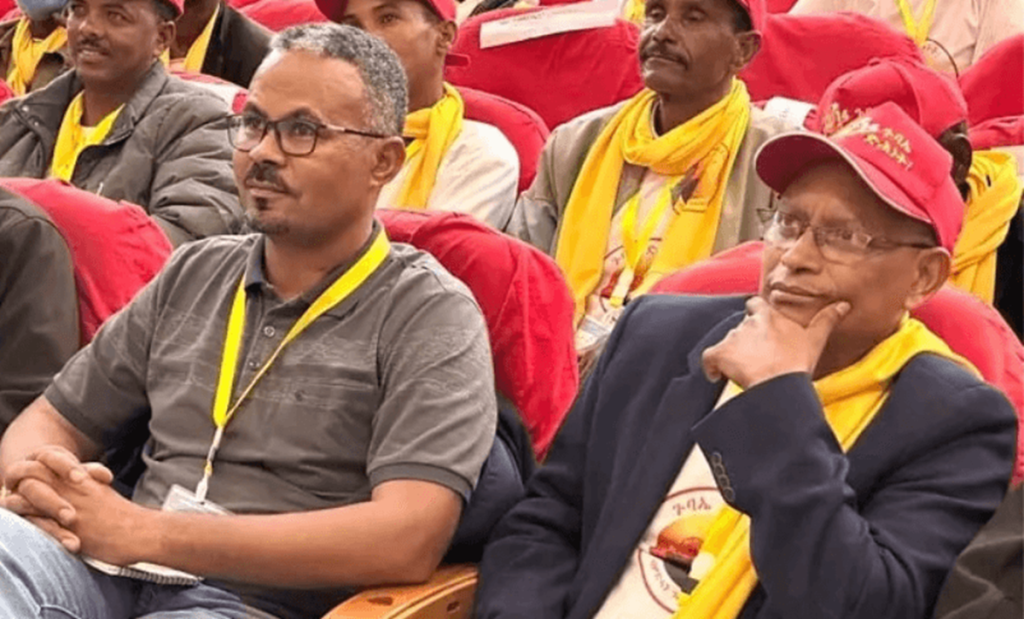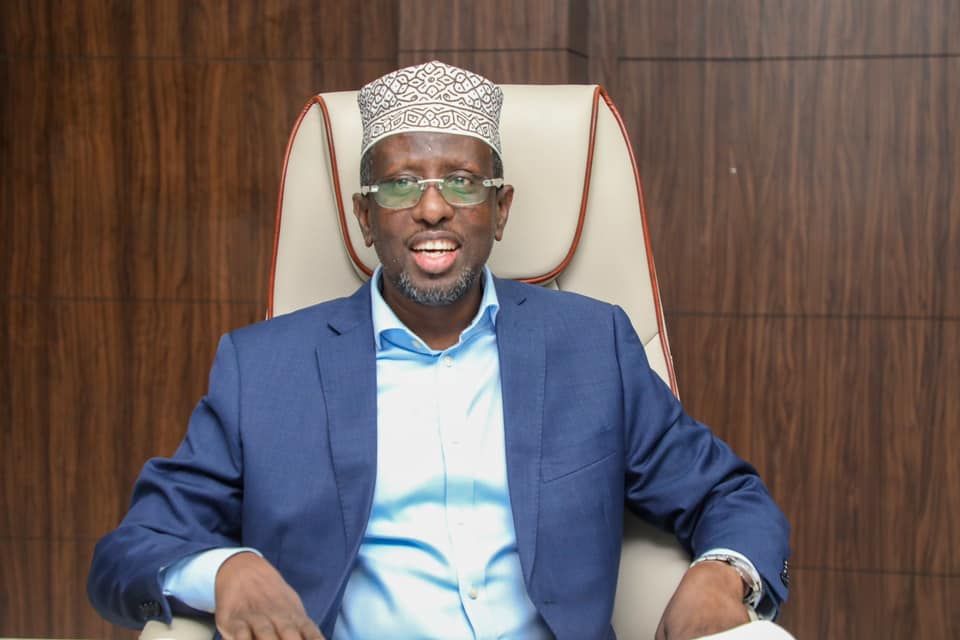Cape Town — November 29 marks the 10th anniversary of Basic Education Minister Angie Motshekga signing the Norms and Standards for Public School Infrastructure into law. And despite this legislation clearly stating that all schools should have been provided with libraries and laboratories by then – as well as sufficient electricity, water, safe toilets, classrooms, fences, and internet – many learners across the country struggle to receive quality education with poor school conditions.
The South African government is still struggling to undo the inequalities in schooling left by the apartheid regime nearly three decades after the arrival of democracy, non-profit organisation Equal Education (EE) said in their latest report, Schooling under Unusual Conditions: Research into how school infrastructure shapes teaching and learning in South Africa.
Curriculum vs School Environment
The experience of teachers working in and learners schooled at schools with inadequate or poor infrastructure directly influenced performance. EE reported insufficient classroom space and overcrowding, despite the law, as a “consistent and important environmental factor and one that negatively affects both learners’ and teachers’ motivation”.
Although overcrowding is complex and varies in conceptualisation, the availability of of physical building space and learner distribution in that space are major components of the phenomenon, the report said.
Comfortable working conditions arising from proper facilities and resources leads to better services for learners while the inverse results in higher teacher absenteeism, EE said. This resulted in what Equal Education calls a “learning crisis” as those enrolled at schools with poor infrastructure are “patently disadvantaged with the quality of their education suffering as a result”. Schooling environments, according to EE, are typically overlooked, while curricular competencies and access to teaching resources are singled out as leading factors in contributing to learners’ lack of better education.
Decline in funding and investment in infrastructure
The report noted that evidence, largely from the Global North, of investment in quality school infrastructure is strongly associated with improved learner outcomes. However, due to trends in the government’s Budget allocation, it observed that the learning crisis is directly correlated with an infrastructural crisis.
Generally, there has been a shift in spending priorities over the years, with National Treasury adopting austerity budgeting or cuts to public school spending, under-investing in key social and economic sectors, to the detriment of the poor. This can be seen in the education portion of Treasury’s total Budget decreasing; In 2021, the Department of Basic Education allocated R2.3 billion to build new schools in the period between 2021 and 2022.
However, a total of R2.1 billion from the school infrastructure backlogs grant was allocated to address infrastructure backlogs at schools that don’t meet the basic norms and standards for the period between 2023 and 2024. This shows a decline in government’s prioritisation of investment in the sector, the report said.
EE researcher Kimberley Khumalo said: “EE has for many years been advocating for the access of quality education for all learners across the country. A big part of this struggle is the provision of adequate infrastructure to school communities. We also know that the schooling sector is experiencing serious challenges that are contributing to a learning crisis across the country. Oftentimes, conversations around the cause of the learning crisis focus curricular or teaching resources and approaches. However, we believe that a major contributor and often neglected part of this conversation are the physical conditions at schools.”
International Standing of South Africa
The report adds that a singular approach to the complex issue of quality schooling is further complicated by the fact that teaching and learning do not happen in a vacuum but also within a particular environmental context. More specifically, the schooling environment, including but not limited to the physical buildings, water and sanitation facilities and other spaces, are not just necessities in their physical presence but also as important means to providing good teaching and learning outcomes.
These attributes reportedly also work as greater incentives to teacher attendance than salaries. Meanwhile, overcrowding results in negative teacher attitudes due to educators’ inability to pay attention to learners’ individual needs, thus leading low learner performance.
Government’s creation of the National Development Plan 2030 and the Basic Education Sector Plan: Action Plan 2019 – Towards the Realisation of Schooling 2030, or “Education Action Plan”, which aim to increase access to quality basic education and improved learning outcomes by 2030. The two plans are meant to signify officials’ recognition of the role quality education in addressing the country’s socio-economic needs.
South Africa, however, still struggles with having one of the most unequal education systems in the world, placing 75 out of 76 in a 2015 skills survey conducted by the Organisation for Economic Co-operation and Development. This is compounded by the fact that the 2021 Progress in International Reading Literacy Study test results found 81% of Grade 4 children cannot read for meaning in any language. This is compared to 78% measured during 2016. While the Covid-19 pandemic was cited as a potential cause for the drop in results, EE noted them as proof positive of challenges to education quality.
Challenges and recommendations
Schooling under Unusual Conditions found that the country still faces significant challenges to improve the education system despite the work done since the fall of apartheid 30 years ago. Infrastructure backlogs continue to set the path for many of the country’s learners despite teachers’ efforts. The report that the learning crisis that resulted disproportionately affects learners from marginalised communities. Further, this impacts their constitutional right to basic education which is exacerbated by South Africa’s poor international standing in basic skills like literacy and numeracy.
The report recommends the following to address the crisis:
- Education departments must urgently fulfil their legal obligations in terms of the Norms and Standards for School Infrastructure and eradicate infrastructure backlogs to ensure all schools can deliver quality schooling for learners
- National Treasury must prioritise and provide progressive infrastructure funding, as well as ensure efficient spending by education departments, implementing agents and contractors involved in infrastructure provisioning to schools
- The Department of Basic Education must develop Binding School Capacity Norms to ensure an ideal distribution of learners across schools to avoid overcrowding conditions
- Provincial education departments must develop a forward-looking infrastructure plan that puts an end to current overcrowding and prevents future overcrowding










